For ages, furniture designers have been working to redefine what a chair should look like. But what if the drastically new approach to this piece of furniture would be to make it invisible?

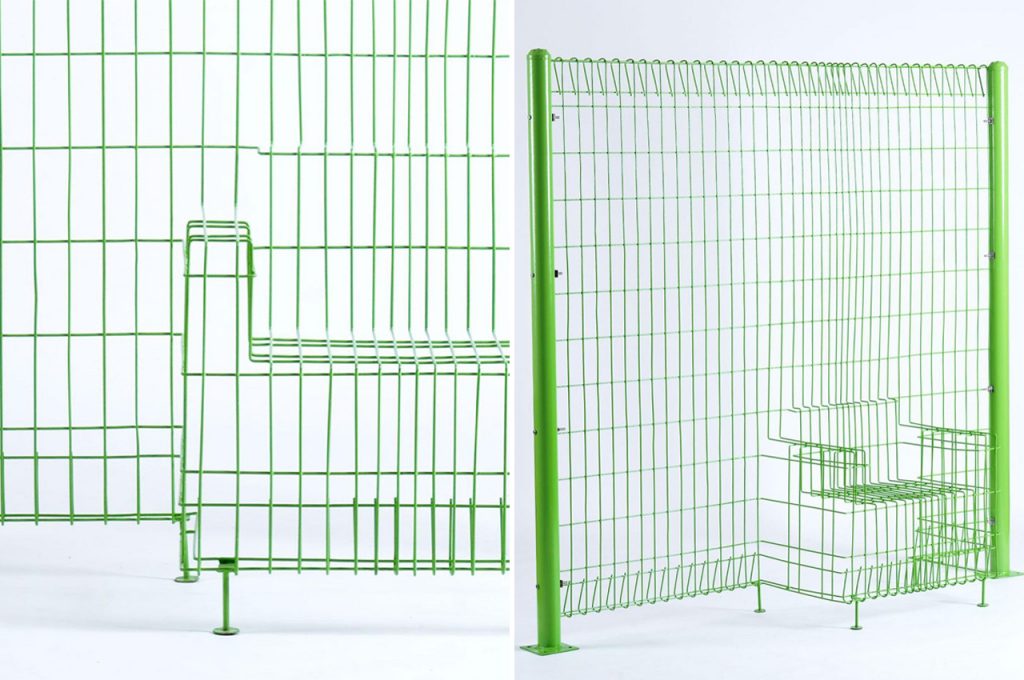
Invisible Chair by Lee Hyokk
Student designer Lee Hyokk has developed an “almost invisible” that is made out of a chain-link fence. In fact, the Invisible Chair is a fence with some of its preexisting steel wires removed, rebent or reorganized to form the silhouette of a small four-legged armchair. The built-in chair is camouflaged by the fence’s repetitive grid system, which makes it difficult to spot unless the user is looking for it.
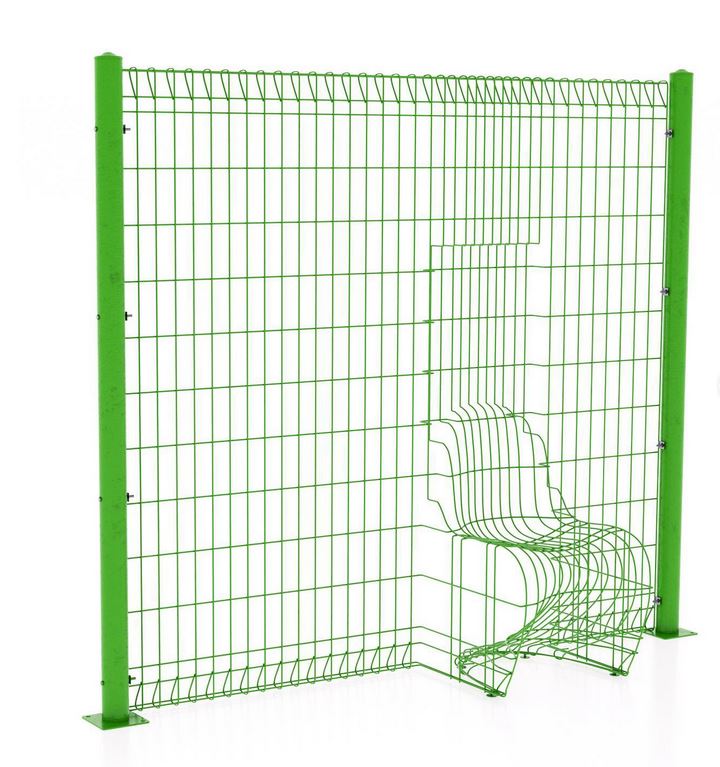
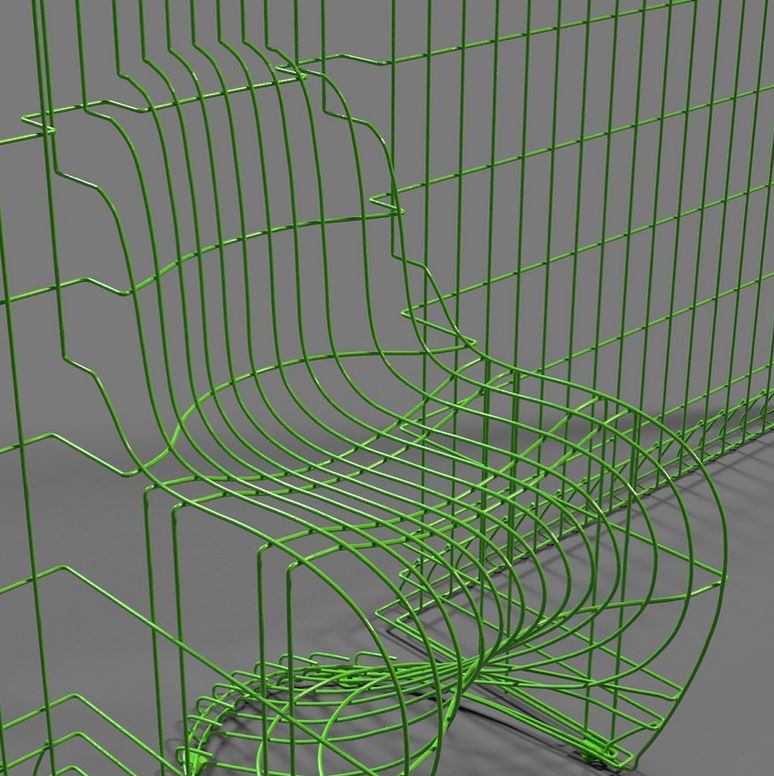
Invisible Chair by Lee Hyokk
The designer’s ambition was to incorporate more than just one function to fences that require so much building material to be made. The resulting Invisible Chair provides a rest for those who might need it.

Stored by Hyukjoon Choi
Back in 2017, within his furniture design program at Hongik university, current Design Academy Eindhoven student Hyukjoon Choi developed a see-through shelf that doubles as a chair. He sought to visualize an idea of a human being stored in the repeated life and social system.
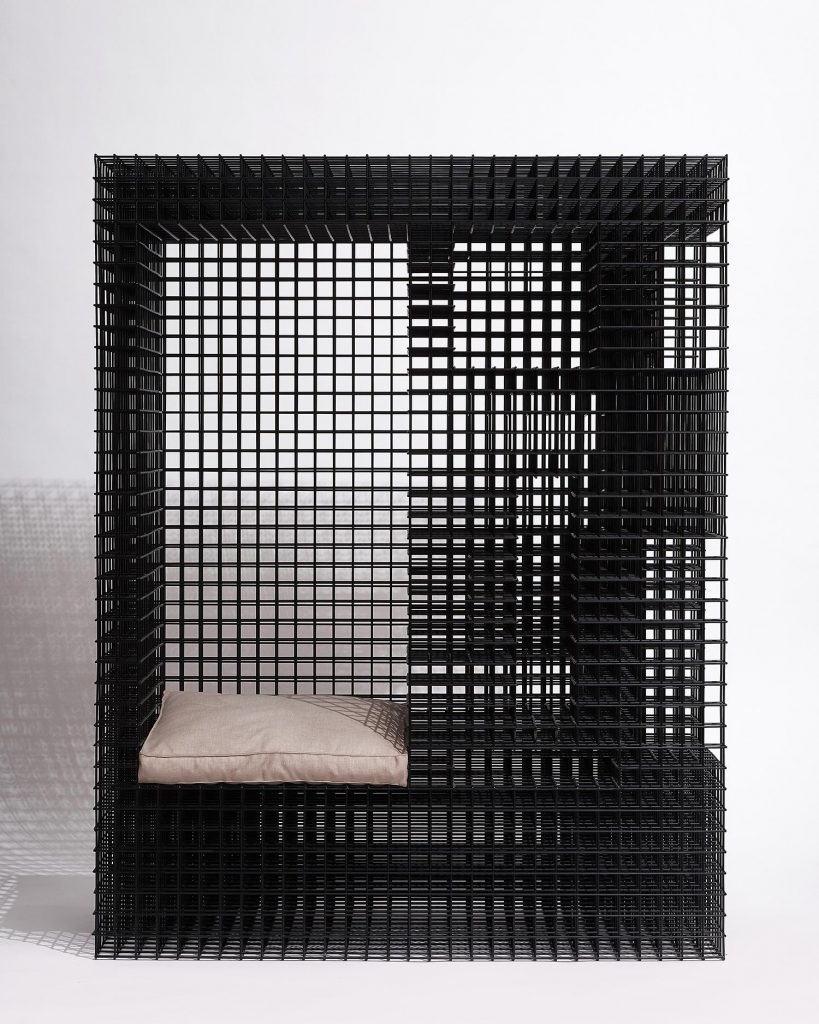


Stored by Hyukjoon Choi
To express that people live like machines in the standardized pattern, the Korean designer created shelves that can hold both small objects and human beings.


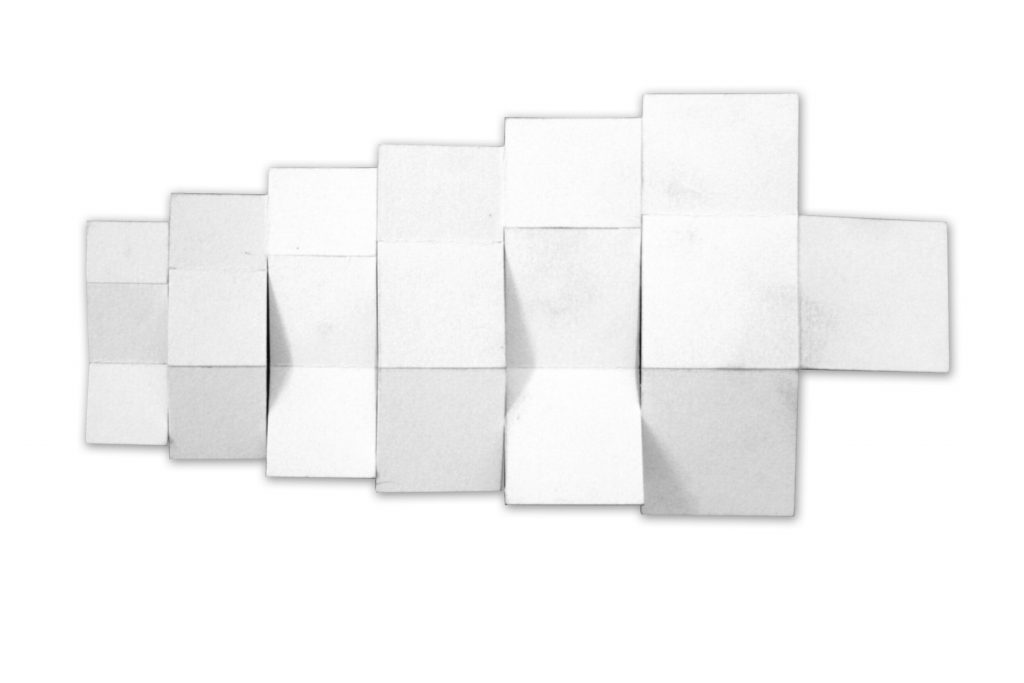
Family Chair by Takeshi Miyakawa (also header image)
Brooklyn-based designer Takeshi Miyakawa is known for several projects that encompass invisible furniture. His Family Chair is manufactured out of one sheet of acrylic that was cut and heat bent to form six chairs of different sizes. Those function only when they lean against each other – none of the chairs will not stand by itself if they are separated.
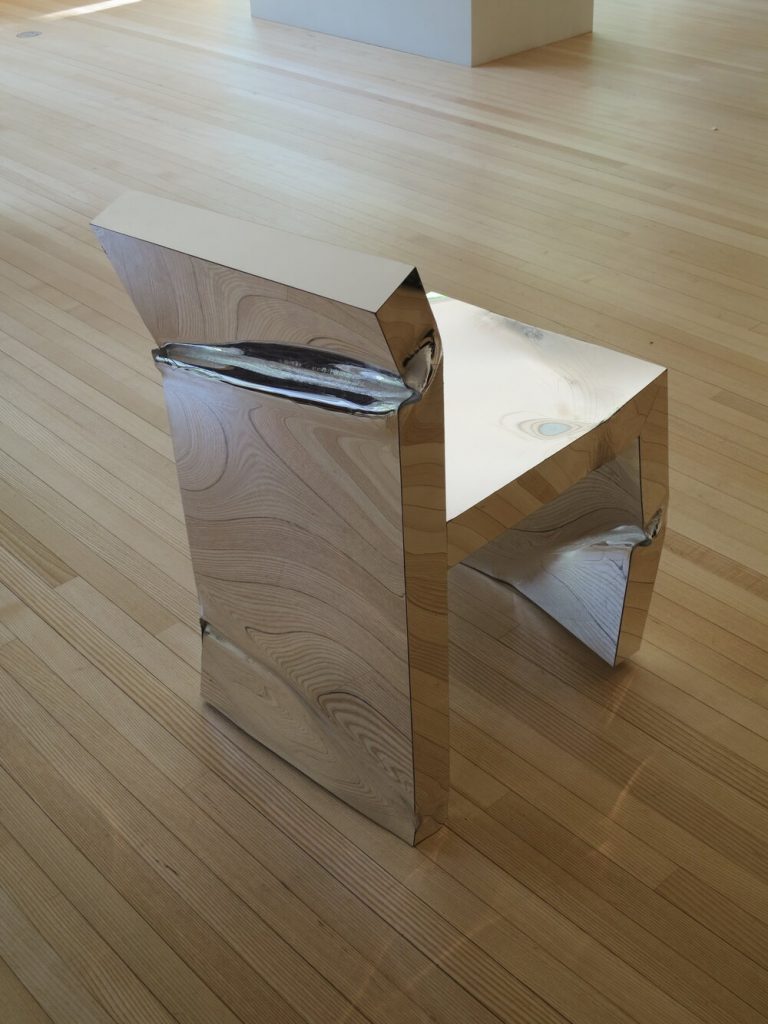
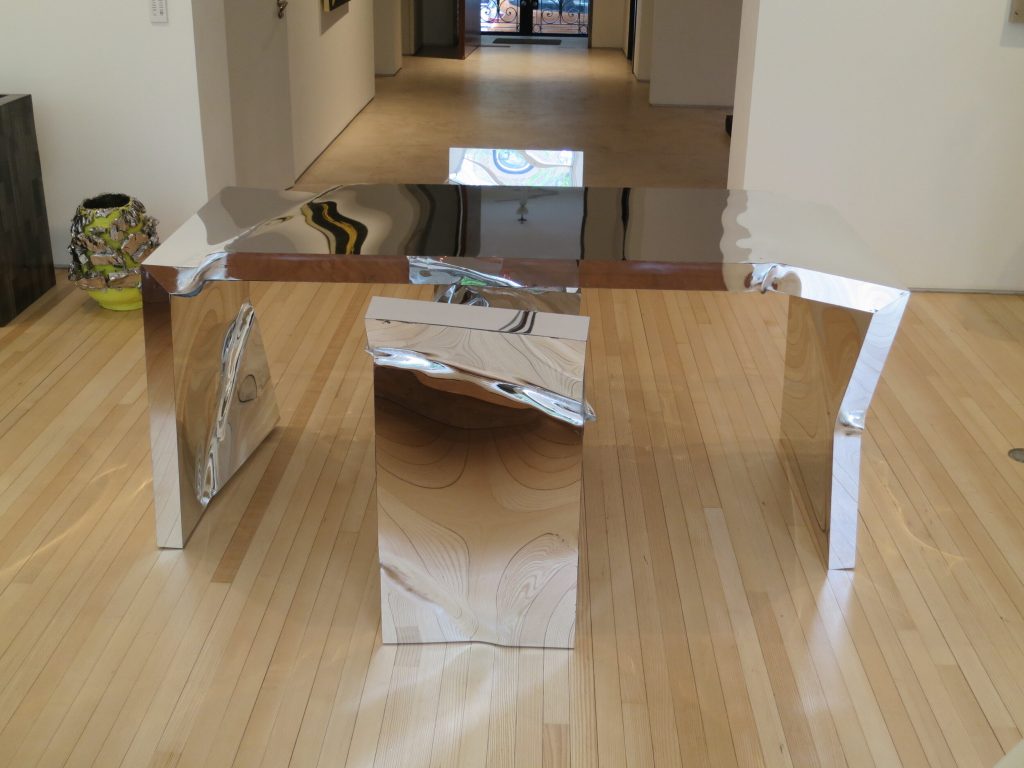
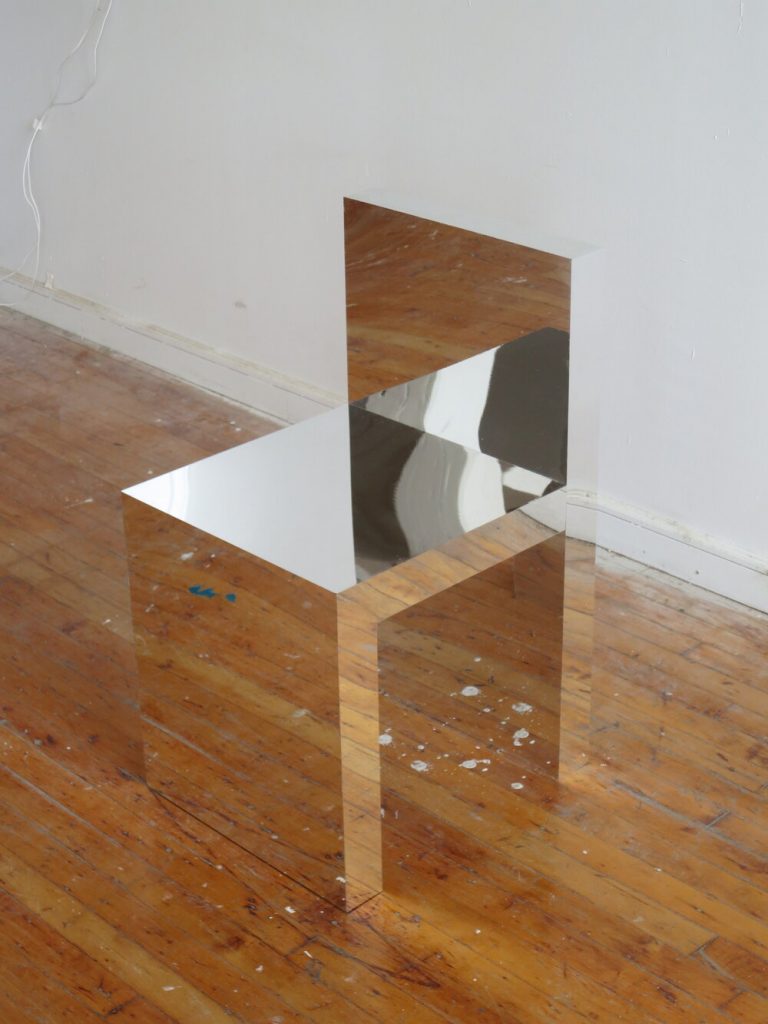
Visible/Invisible furniture series by Takeshi Miyakawa
Miyakawa’s Visible/Invisible furniture series utilizes the material properties of mirror finished acrylic to create the illusion of disappearing pieces. The reflecting chairs and tables have been bent and distorted with heat to create intricate wrinkle-like textures throughout the surface planes.